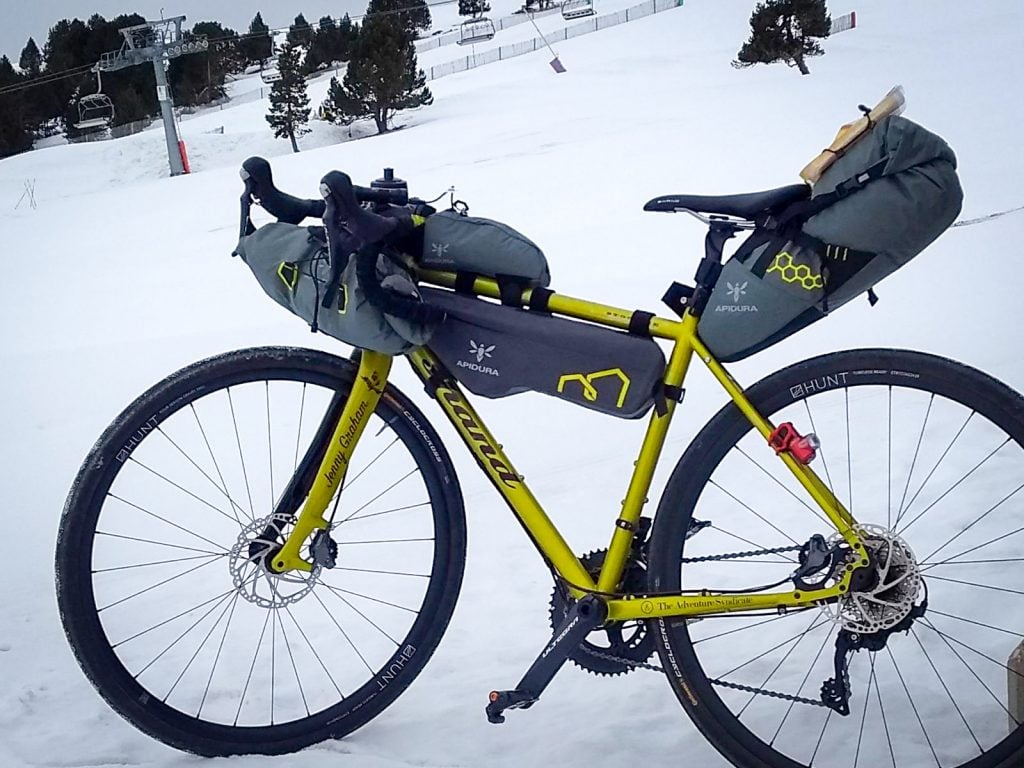Indoor versus Outdoor Training: Which is Better?

Indoor training has been around for some time, but there was a real boom in the use of indoor trainers (bike and running machines) at home during Covid. Training can be completed effectively both indoors and outdoors so which is best?
There are advantages and disadvantages to both indoor and outdoor training so here are some things for you to consider when you are trying to decide whether to jump on the indoor trainer or tog up and risk the outdoors.
Rate of Perceived Exertion
Rate of Perceived Exertion is frequently reported as higher for indoor workouts. There are a number of factors, which can contribute to this including:- Temperature - lack of air flow means that it is harder to regulate temperature indoors; the hotter you feel the harder the RPE.
- Body movement - there is very little body movement on indoor bike trainers in comparison to outdoors which can create more pain/pressure points and mean less variation in muscles used.
- Resistance/Inertia - outdoors the terrain is constantly changing in a way it does not indoors. The profile of resistance/speed through each pedal cycle/running gait is therefore different and can feel harder.
- Downhills - even using an app like zwift which will change the resistance to give you the downhill experience there is still a demand to pedal/run down hill more so than outside where on the bike in particular you can free wheel.
- Boredom - training indoors has less distraction and athletes will cite boredom as the main blocker to finishing a session.
Time
If you are looking to be time efficient cycling indoors can certainly be much more time efficient due in part to the fact that you are pedalling all the time so the workout is generally more intense. Time on the indoor bike in particular is therefore more efficient - you get more bang for your buck.
Technical Terrain, Bike Handling and Group Riding
One thing you will not learn on most indoor trainers is bike handling. Using rollers as opposed to a static trainer can help with some bike handling skills, but it still not the same as being outside.
Group riding is another factor that you need to practise in reality; while zwift group rides off you some of the experiences (e.g. drafting) that you might gain from riding in a group outdoors, the etiquette and skill of riding in a group is far more complex (you can ride through someone on zwift whereas if you clip a wheel in real life there will be a crash).
Whilst indoor trainers can imitate the sensation of going down hill they cannot help you practise technical terrain.
For these key skills you will need to do some outdoor training.
Mental Health Benefits
Regular exercise of any kind has mental health benefits, but getting outside into green spaces is particularly beneficial. This is an element of training that indoor trainers cannot replicate.
Bad Weather
During particularly bad weather training indoors can be a better, safer alternative. Avoiding icy roads and broken collar bones or worse is a great advantage of indoor training.
That being said, if you are training for an event which is likely to take place during bad weather, it can be good to get some practise outdoors, in particular knowing how to approach ice and snow safely if they factor in your event is really important.
Heat Adaptation
Whilst heat can make the workout seem harder, if you are planning an event in a part of the world where is it much hotter than where you are training, indoor training can be a good way to get some heat adaptation before you go.
Structured workouts
Many cyclists prefer to do structured workouts indoors where you can have a predictable terrain and get consistent power/speed output. For particularly hard workouts you know you can push yourself very hard and not have to worry about falling off (unless of course you're on rollers!).
For trail and mountain runners who struggle to find long hill climbs a workout on the stepper or an inclined running machine can be a good option.
Injury
If you are rehabilitating an injury indoor training can be very helpful because:
- You may be able to cycle/train on an elliptical trainer without exacerbating the injury on a static bike
- If something hurts too much it's much easier to stop if all you have to do is get off.
As you can see there are advantages and disadvantages to indoor training. I personally like to do a mixture of both depending on the focus for a session, the time I have available and whether I am constrained to being at home or can go outside for a while.
If you like this article and have any questions about this or any other aspect of training why not e-mail me? I would love to know your views and help if I can; I answer all e-mails within 5 working days.
Subscribe to our blog
Please share with your friends
Other articles you might like
August 8, 2024

Comments